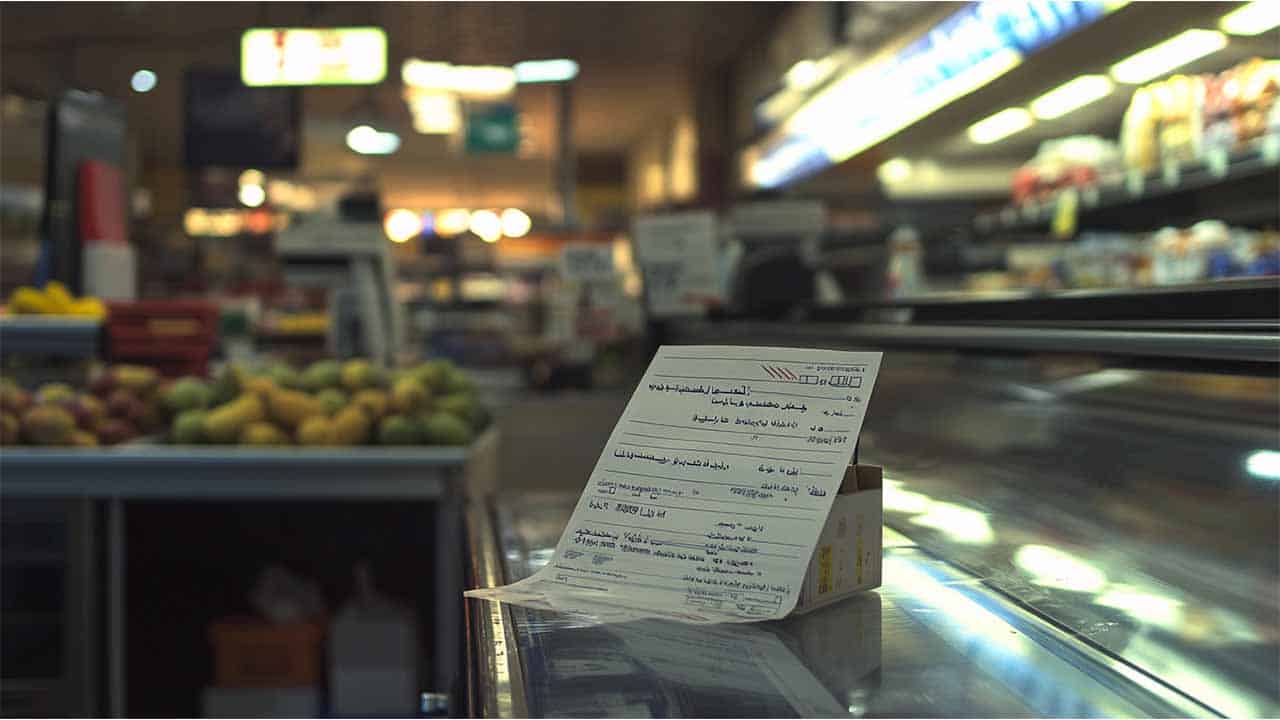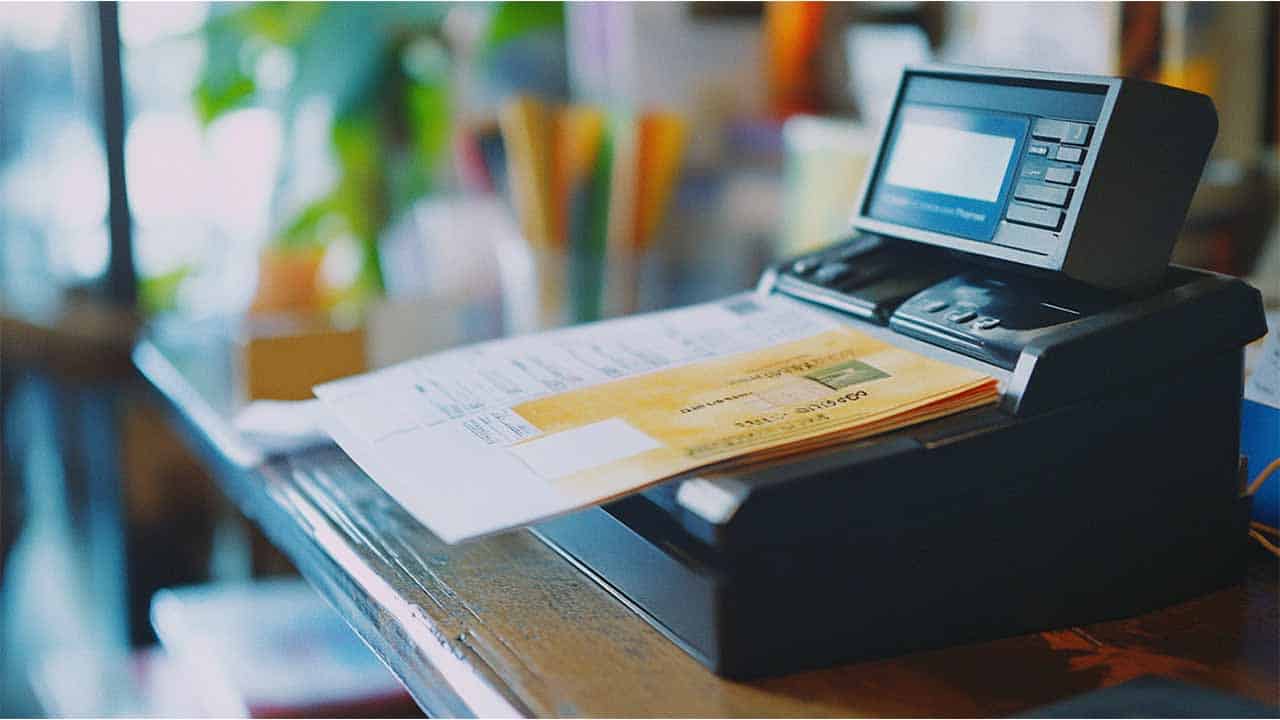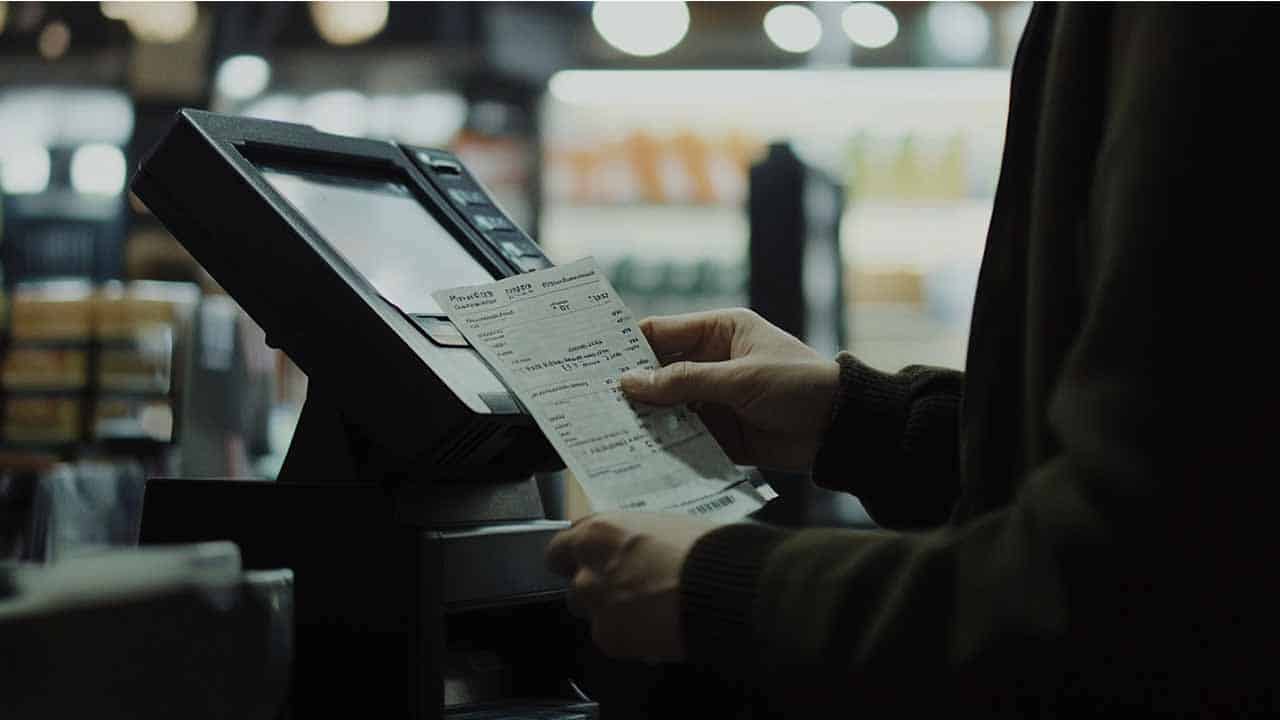Last Updated on June 18, 2025
How Tabscanner Became the First Receipt OCR Technology to Support Every Language and Currency
Whether it’s a multinational corporation managing receipts from various countries. Or a traveler documenting expenditures. The ability to process multiple languages and currencies is a key feature of modern receipt OCR solutions. But how exactly do these systems work? Can receipt OCR tools handle multiple languages effectively? Let’s delve into the technology that makes it possible.
Plus how Tabscanner used their expertise to make the first receipt OCR API to support all languages in all countries,
The Multi-Language Challenge for Receipt Parsing
Receipts come in various formats, fonts, and layouts, often printed in the local language. This diversity presents a significant challenge for OCR systems, which must accurately interpret text regardless of receipt language. Tabscanner addresses this by incorporating advanced machine learning and natural language processing (NLP) techniques.
Tabscanner approaches this differently
With many other receipt language technologies, the OCR engine scans and digitizes the receipt first. Converting images of text into editable and searchable data. However, Tabscanner approaches this differently.
Our machine learning models identify and classify the fields of a receipt first, regardless of the extracted text. This is done by generating millions of multi-language receipts for training, based on randomised formats from the thousands of different POS systems globally.
Testing Massive Multi-Language Receipt Datasets
This gives Tabscanner an advantage. The AI first classifies the receipt, and then the OCR extracts the data. Making our system very accurate on multi language receipts. Once the fields are identified, the text is processed using language-specific models trained on large datasets. This ensures that even nuanced linguistic differences, such as character variations in Chinese or accents in French, are accurately recognized.
Moreover, Tabscanner supports all languages (and countries), including those with complex scripts like Arabic, Japanese, and Russian. This is achieved through the integration of multilingual text recognition models that are regularly updated to adapt to new fonts, slang, and regional dialects.
There are also regional field parameters within our API to further improve accuracy. Which can be activated by your application’s geolocation to further extract local and regional specific fields. Receipts aren’t simple documents there are limitless formats.

The OCR Receipt Currency Conundrum
Recognizing multiple currencies on receipts is another crucial aspect of receipt OCR. Receipts often display monetary values in various formats, using different currency symbols, placement conventions, and decimal separators. For instance, a receipt in the United States may list an amount as “$45.67,” while a receipt in Germany might use “45,67 €.”
To handle this, Tabscanner also uses currency recognition algorithms. These algorithms identify currency symbols and associated numbers, cross-referencing them with known conventions for each country.
Once the currency is identified, OCR systems can further process the financial data for specific use cases. For instance, they can convert amounts into a user’s preferred currency using real-time exchange rates, or categorize expenses based on spending thresholds in different currencies.

Practical Applications Wen Multiple Languages and Currencies are Effectively Supported
The ability to handle multiple languages and currencies has made receipt OCR indispensable. Especially in industries such as travel, finance, and e-commerce. For example, (travel) expense management platforms use multi-language receipt scanning. This is to help employees submit expense reports from business trips abroad.
Receipt processing tools automatically extract relevant detail. Such as the vendor name, transaction date, and total amount. Regardless of the receipt’s language or currency. Significantly reducing the administrative burden.
This can all be powered with the help of Tabscanner
In e-commerce, multi-language receipt OCR helps businesses analyze purchase data from international customers, enabling better market insights and targeted promotions. Similarly, accounting software integrates receipt OCR to automate bookkeeping tasks. Ensuring compliance with local tax regulations by accurately capturing data from receipts issued in different jurisdictions.

Challenges and Future Developments for Multi-Currency, Multi-Language Receipt OCR
Despite its impressive capabilities, receipt OCR technology is not without its limitations. Handwritten receipts, poor print quality, and unusual layouts can still pose challenges. Tabscanner is the most accurate receipt OCR with a 99% success rate. But terrible handwriting, faded receipts and other examples are difficult to parse, even with our advanced pre-processing. Moreover, keeping pace with evolving linguistic and currency conventions requires continuous updates and improvements.
The world continues to shrink and businesses become more interconnected globally. The demand for multilingual and multi-currency receipt OCR will only grow. For now, Tabscanner stands as a testament to the power of innovation in solving real-world problems, making global financial management more accessible and efficient.
Register now and set our test to the regional parameters on the Dashboard with a simple receipt upload.





